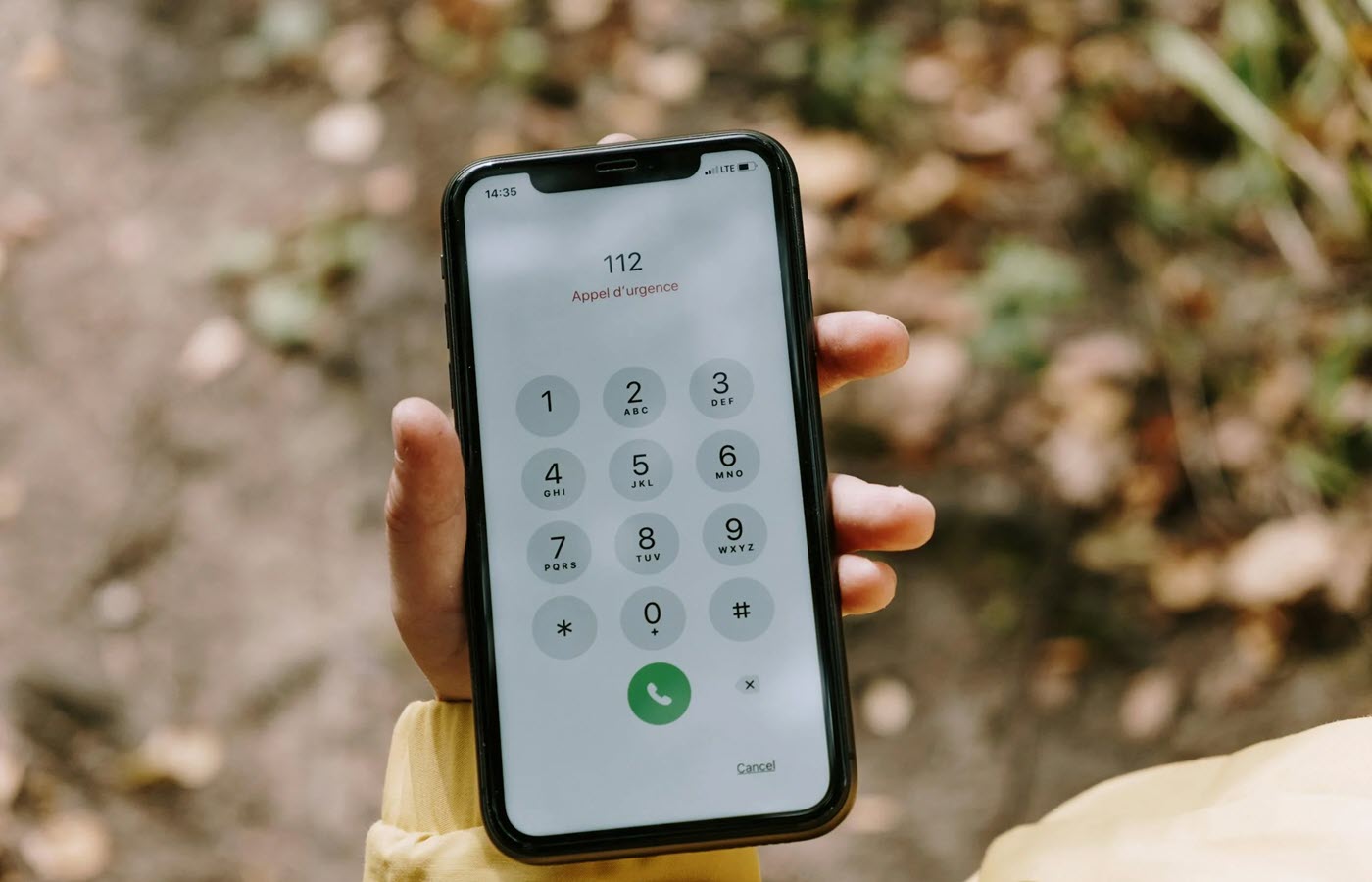ARTICLE AD BOX
We may earn from vendors via affiliate links or sponsorships. This might affect product placement on our site, but not the content of our reviews. See our Terms of Use for details.
The “right” omnichannel contact center helps you create and track customer journeys. Here’s a quick guide to help you decide between them.
Imagine giving your team the ability to see all the information your company has on any lead or customer while also making it possible to contact them via any channel your company uses — all from a single platform.
That’s what an omnichannel contact center does. It ties together everything a team of agents might use — from social media, text apps, and chatbots to phone calls, VoIP phone services, and CRM systems.
Unlike multichannel contact centers, which keep information siloed from channel to channel, omnichannel contact centers centralize communication for higher efficiency and more impactful customer relationships.
What should an omnichannel contact center include?
Core omnichannel contact center features
At the heart of every omnichannel contact center is the ability to manage multiple communication channels in one place. In addition to support for every channel you care about, key features must include real-time customer interaction management, seamless channel switching, and integrated reporting across all touchpoints. A centralized customer database (built-in or integrated with your CRM) that tracks interactions and provides context for agents is also crucial, enabling more personalized service.
One interesting development of the last few years is that many of the leading business phone service providers have begun integrating digital channels and offering the core omnichannel contact center features to their customers.
Advanced contact center features
Advanced features go beyond the basics, providing deeper insights and automation to enhance performance. These include AI-driven tools like sentiment analysis, conversational IVR, chatbots, Interactive Virtual Assistants, and predictive analytics that help agents prioritize and address customer needs more effectively.
Additionally, tools for contact center workforce optimization, such as dynamic routing and advanced analytics dashboards, can streamline operations and improve decision-making. These features provide businesses with greater control, flexibility, and the ability to scale efficiently.
SEE: Benefits of conversational IVR and the differences between IVR vs IVA.
Deploying an omnichannel contact center
Omnichannel contact centers can be deployed in several ways, each offering different advantages depending on business needs, resources, and scale. Here are the common options:
- On-premises: The contact center software and infrastructure are installed and managed on-site, typically within the company’s own data center.
- Contact Center as a Service (CCaaS): A cloud-based solution where the provider hosts and manages the contact center software and infrastructure.
- Communications Platform as a Service (CPaaS): Provides APIs that enable businesses to build customized omnichannel communication solutions by integrating messaging, voice, video, and other services into existing systems.
- Hybrid deployment: Combines both on-premises and cloud-based solutions, allowing businesses to maintain some functions in-house while leveraging cloud capabilities for scalability and remote access.
- Managed services: Outsourcing the management of the entire contact center infrastructure to a third-party provider, typically cloud-based, with services tailored to business requirements.
Each deployment method has its own strengths, and the choice depends on factors like budget, scale, security, and the need for flexibility. For example, hosted CCaaS provides a scalable, flexible, and cost-effective solution with minimal upfront investment, making it ideal for companies seeking ease of deployment and management.
CPaaS omnichannel contact centers, on the other hand, offer greater flexibility and customization by allowing businesses to build tailored communication solutions through APIs, giving them more control over their customer engagement strategies.
SEE: Learn why most businesses should opt for CCaaS.
How to select the best omnichannel contact center
Take inventory of all hardware and channels
While most omnichannel contact centers work with a wide range of hardware and communications channels, you should go into your search knowing exactly what you need to successfully migrate a contact center to the new omnichannel platform. Make a list of all the channels you want to connect to it along with all of the functions you need it to be able to handle — otherwise, you may be in for some surprises down the line.
For instance, imagine finding out at the eleventh hour that your sales team needs a Whatsapp integration but your omnichannel contact center can’t handle it — or that your IT team has a problematic firewall issue to sort through.
To prevent these kinds of hiccups, it’s a good idea to draft an initial list by yourself and circulate it around to your team to notify everyone that you’re looking for a new omnichannel contact center. Ask people to document all the ways their department would use it and find out what the entire team requires before you get too deep in the mud of a system that isn’t right for you.
Test the CRM integration
Seamless CRM integration is the backbone of any omnichannel contact center — your customer relationship management software is typically the single-source of truth for customer data — without it, you basically have a very fancy multichannel contact center that’s missing key functionality.
Every omnichannel contact center vendor advertises pre-built integrations with a range of popular CRMs. This is a good sign, and you should absolutely work with vendors that have experience with the platform you use. But it’s not a sure thing, and you certainly shouldn’t take this to mean that the pre-built contact center CRM integration is going to work “off the shelf.”
You have to see it for yourself and go through specific workflows. Make sure that the omnichannel contact center reads the data in your CRM the same way you enter it, as there might be issues with APIs or protocols that can lead to data being lost or misfiled
The way you use your CRM is different from how another company uses the exact same CRM. You never know which customizations could cause a problem down the line. At the end of the day, it’s just safer or better to see the integration work first-hand, and you’ll also be able to get a feel for how the omnichannel contact center would function for your company on a daily basis.
Review analytics and reporting
When selecting an omnichannel contact center, focus on analytics that provide a clear view of customer interactions across every channel you care about. The ultimate goal is to be able to track cross-channel customer journeys and understand how customers transition between different touchpoints.
Like CRM integration, you are going to want to test this functionality out ahead of time once you have a shortlist of potential solutions. Will it fully integrate or replace your IVR analytics and track callers across the phone, web apps, live chats and visual IVR? Will leads coming in from your favored social media platforms be passed over as well?
SEE: Discover how IVR analytics can help improve call flows.
Consider compliance
Early on in the process, you need to make sure that whatever contact center you end up with complies with the data security standards for your industry. Only consider well-known vendors who have established a reputation for managing data safely and securely.
Depending on what industry you work in — and the kind of customer data you collect — you may need to go with an industry-specific omnichannel contact center, such as one created specifically for healthcare or finance. For example, hospitals will have to use HIPAA-compliant VoIP in order to satisfy the specific patient privacy law.
While omnichannel contact centers provide valuable insights through centralized data, they also face compliance challenges. Storing and processing customer interactions across multiple channels in one system can complicate data privacy regulations, such as GDPR or CCPA, and calls for comprehensive security measures.
Things like call recording are highly-regulated, especially if you are taking IVR payments over the phone, and the laws vary state to state. You really want to loop the legal team in early to make sure that the solutions on your shortlist will make maintaining compliance as easy as possible for employees.
Also Read
- Strategies for Cloud Contact Center Platform API Management
- Contact Center Technology: From Must-Have to Cutting-Edge
- How To Improve Contact Center CX Without Buying New Tech
- 6 Contact Center Trends That Don’t Involve AI (+2 That Do)
- 4 Steps to Improve Call Flow from Greeting to Resolution
- Can Visual IVR Really Help Callers? 5 Ideal Use Cases

 1 day ago
7
1 day ago
7








 English (US)
English (US)